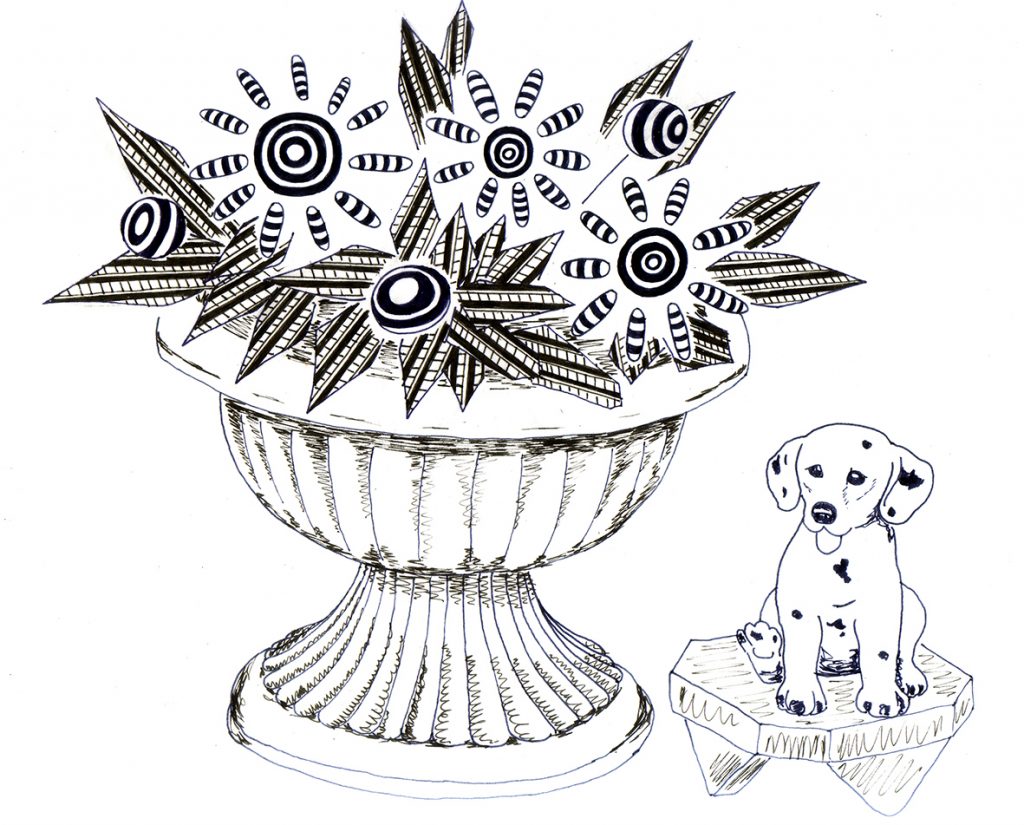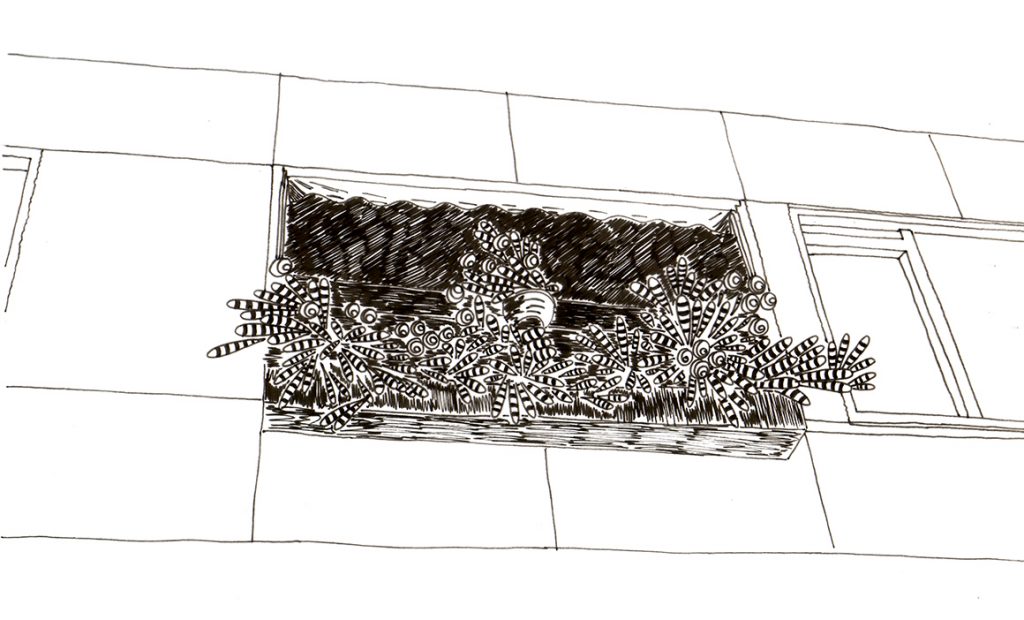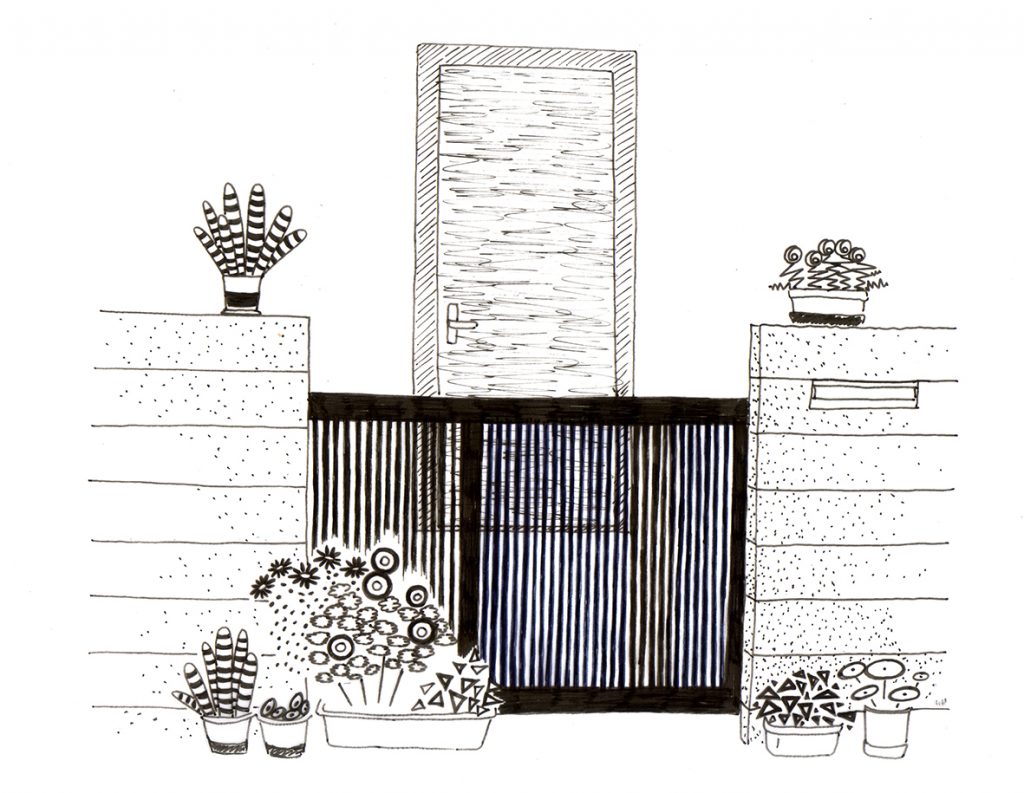
Nikki Daniëls & Nadine Roos
The global environmental crisis is about to threaten each and everyone of us. Natural disasters, economic stagnation, and natural resource shortages warn of a frightening future. The air in cities is polluted. Breathing is equal to smoking several cigarettes per day. That one short car ride doesn’t seem to matter that much, but all those car rides combined have catastrophic effects on our environment. Luckily, the opposite can be done as well. Every environmentally conscious choice we make, how small it may be, is a step towards the solution. And don’t worry if you haven’t got a clue where to begin. Just get that flowerpot out!
Involvement
A flowerpot indeed. And in case you live in the city, we’re looking at you in particular. Because, if you’re a city dweller like 75% of us, chances you are not particularly busy with the environment. And it’s only understandable that you wouldn’t automatically commit to a case you don’t feel very connected to. So if we really want to collectively start making better choices, it is absolutely crucial that we get urban residents involved in urban nature. How do we do that? It all starts with connectivity to where we live, so-called place-attachment.
Place-attachment
Place-attachment is the person-to-place bond that evolves when we give emotional meaning to a location, turning anonymous spaces into meaningful places where we love to go. We often form close relationships with the places from our childhood; with that tree, we used to climb all the time, the little play square where we made up the biggest adventures or the bakery store our grandmothers always took us for cake. This process of forming an attachment to places still exists in our adult lives. By returning to the same meeting places to see our friends, for instance. Or because a certain place allows for an activity that’s important to us – the park we visit to stay in shape, the perfect trail to walk the dog, that bench on which we take a moment for ourselves; it’s through these experiences that we form deep connections with the places we would otherwise just guilelessly pass by.
The power of active engagement
Place-attachment also forms when we contribute to an environment in a positive way. Residents who actively work to make their streets greener have indicated to feel more connected to their neighbourhoods, as opposed to their neighbours who are not actively engaged in local sustainability. Research even shows that repeated ‘green activities’ can affect the way we see ourselves; by describing ourselves as being ‘from a green neighbourhood’ or having ‘green thumbs’, sustainability becomes part of our identities. But something even more remarkable is going on here. When we start considering ourselves as being environmentally conscious people, we do not only start taking better care for our own street. We actually start making better choices in general. In other words; it really does all start with that flower pot.
Urban nature
So if urban nature offers such wonderful opportunities for stimulating environmentally friendly behaviour, why do so many cities still choose to close off its green spaces and obstruct any possible form of participation by its residents? Garden beds are made up of tough, resilient plants; the kind that can withstand the city’s ‘harsh conditions’. Briery plants are supposed to thwart possible loutish behaviour. How does this help us to connect with our environment in a positive way? If city residents would have a say in shaping and maintaining urban green spaces, they would soon start to look a whole lot different. And this, in turn, would set off a chain reaction of more environmentally friendly behavior.

The role for city councils
Many city councils are in fact aware of all of this. In recent years there have been many initiatives to help city residents become better caretakers of their neighbourhoods. But here’s the issue. City councils are often slow-moving bodies, who tend to be quite reluctant to give away control. And when it takes too long for any neighbourhood initiative to get the permittance needed to get a project up and running, frustration sets in and promising ideas fall apart. City councils will have to treat residents with confidence, but this can only exist trough actual long-term collaboration between the municipality and the people. Financial support alone just won’t do.
So cities will have to change their roles. First of all, they would have to become quick facilitators. For example, when it comes to making locations suitable for citizen initiatives. Elements like paving and unattractive and uninviting looking green should speedily be removed. Also, licensing standards should be relaxed. The city should be more closely involved in the management and maintenance of project sites, by removing litter waste and installing irrigation, for instance. And for these projects to truly succeed we have to make clear agreements about who is responsible for which task.
More benefits
Yes, we have a way to go. But in case you’re still not sure about the unprecedented opportunities of active participation in urban nature; stick with us. If residents get the chance to enhance their environment, the environment wouldn’t be the only beneficiary. Greener neighbourhoods would mean more social cohesion between neighbours, especially if residents can take care of common spaces together. Furthermore, everybody knows that greener environments lead to a higher sense of well-being among citizens, makes people healthier and improves performances at work and in school. That’s old news, isn’t it?
That flowerpot again
So let’s get our hands dirty! And in case your city council still makes you wait, you now know what you can do yourself. Start with the first little step forward. Put that flowerpot outside your door. And give one to your neighbour too.


Leave A Comment